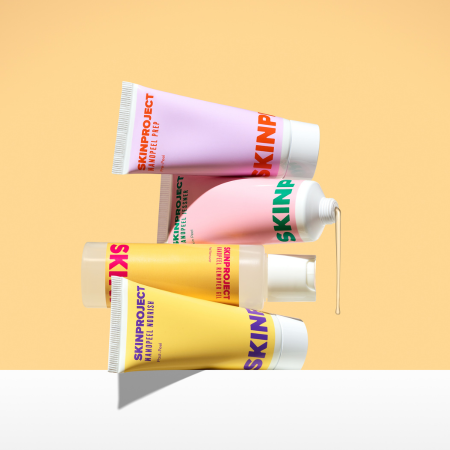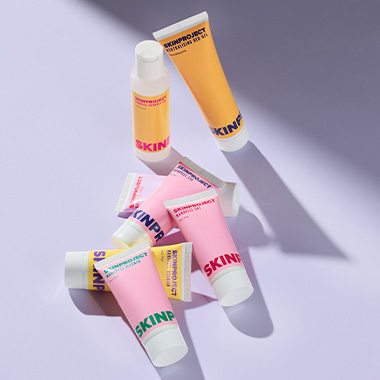Chemical Peels vs Laser Therapy: What’s the Difference?
Both treatments are suitable for certain skin concerns – they are different in other ways. They work in alternative ways to one another, and there are slight differences in the kind of conditions that they treat. Let’s delve into their differences and the side effects, recovery time, and results…
Let’s Discuss Chemical Peels
Chemical peels are used topically, where a chemical solution removes the top layers of the skin to bring new, smoother skin to the surface. In doing this, the new skin gives the complexion a refreshed look and feel, whilst treating certain conditions such as age spots, discoloration, hyperpigmentation, fine lines and wrinkles, acne, and acne scars.
With chemical peels, there are different types of intensity, and that depends on the downtime of the treatment. If you have a light peel, then there will be no downtime, but medium peels take a week and deep peels can take up to several months. Similarly, the results differ as to how long they last: light peels last one month, medium peels last four to six months and deep peels can last several years.

What about Laser Treatments?
The main difference when it comes to chemical peels vs. laser treatments are the way they work. Laser treatments use a device that heats the outer skin layers to stimulate collagen production and bring new, improved skin to the surface. Similarly to chemical peels, laser treatments help to reduce fine lines and acne scars, but they also treat more severe, deeper skin concerns such as sagging skin, blemishes and deep wrinkles. The results last an impressive amount of time, however laser treatment often tends to be a more expensive option.
The results risks and side effects for both of these treatments can often be similar, however chemical peels offer some less intensive options that may be suited to clients with more sensitive skin. Both chemical peels and laser treatments can yield impressive results, however chemical peels are often the more affordable choice.
Introducing SKINPROJECT: The New Wave of Chemical Peels
When it comes to making the decision between a laser treatment or a chemical peel, choose SKINPROJECT. A new nanotechnology has come to the market: SKINPROJECT is a range of nanopeels with unique material properties that make your skin feel like no other.
What is nanotechnology? Well, SKINPROJECT uses nano particles in a gel formula that cover a wider surface area and therefore reach deeper layers of the skin. The SKINPROJECT nano peels reach the skin dermis which is more effective in treating specific skincare concerns and making facial complexions bright, purified and rejuvenated. There are three nanopeels in the SKINPROJECT range…
SRT
This nanopeel uses salicylic acid alongside other skin enriching ingredients, and helps to reduce scars, enlarged pores, folliculitis, hyperpigmentation, light ageing and stretch marks. How could we forget… it gives you that new revived, refreshed look too!

JESSNER
If you have certain skin concerns such as hyperpigmentation, keratosis, and melasma, then this could be the nanopeel for you. Consisting of ingredients that rejuvenate the skin, including active ingredients such as salicylic acid and lactic acid, SKINPROJECT NANOPEEL JESSNER works to improve skin texture and give you a glow!

EYE
Both glycolic and lactic acids are a skincare favourite for brightening and smoothing the skin. This is applied topically to the eye area to reduce the appearance of fine lines, wrinkles, scars, sun damage and age spots.

The Conclusion: Is a Chemical Peel Better Than Laser?
Yes. Chemical peels such as those within the SKINPROJECT range can be extremely versatile and are suitable for the treatment of a wide range of skin concerns. In addition to this, chemical peels are often the more accessible choice. Chemical peels and laser treatment are often used to address similar skin concerns.
If you’re considering either of these treatments, be sure to assess which is more suitable for your personal desired outcome. Your practitioner will be able to help you weigh up the pros and cons during your consultation. If you’re looing for a new treatment on the market to restore your radiance, ask about SKINPROJECT in your local aesthetics clinic.




